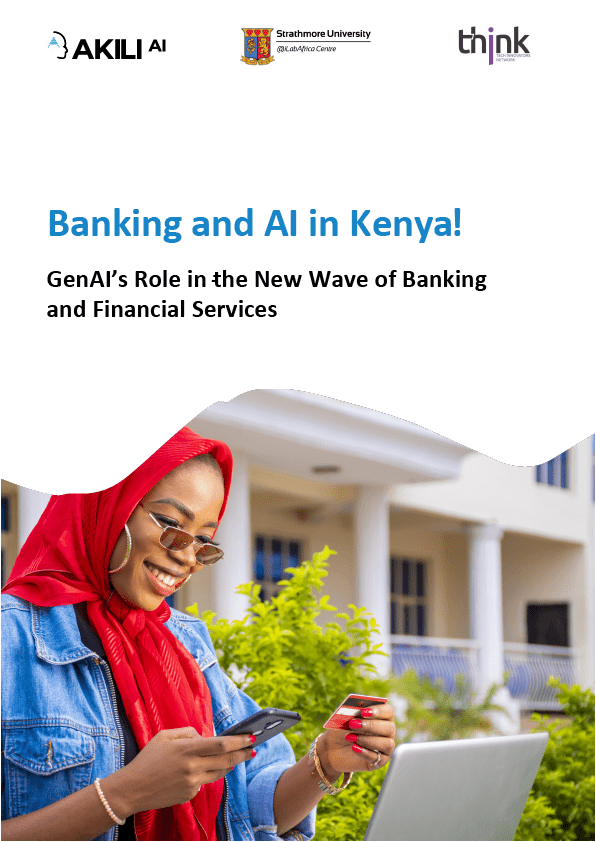Arficial intelligence is not new – it has been a topic of research since the 1950s and has been deployed in financial services since the 1980s. But conventional AI (so called, “Predicve AI”), while powerful, is expensive and complex to deploy. As a result, it has been used in a limited number of areas in the financial services sector, such as real-time trading or estimation of loan default risk.
In 2022, a new generation of AI came to public view in the form of ChatGPT. Unlike the earlier predictive AI, these “Generative AI” systems can be used directly to solve problems, without training or the need for data scientists. Generative AI can be thought of as a general tool that can be applied in a huge number of ways and is likely to be as impactful to finance as the Internet or the Spreadsheet.
Most importantly, the effort needed to use generative AI is much lower than predictive AI. Applications can be deployed in weeks rather than years. The first high-profile applications have been typically in call centers or for complex document management. But these AI systems are becoming increasingly ubiquitous and can be used to replace or augment a wide array of mundane tasks, much as the spreadsheet did for paper ledgers.

